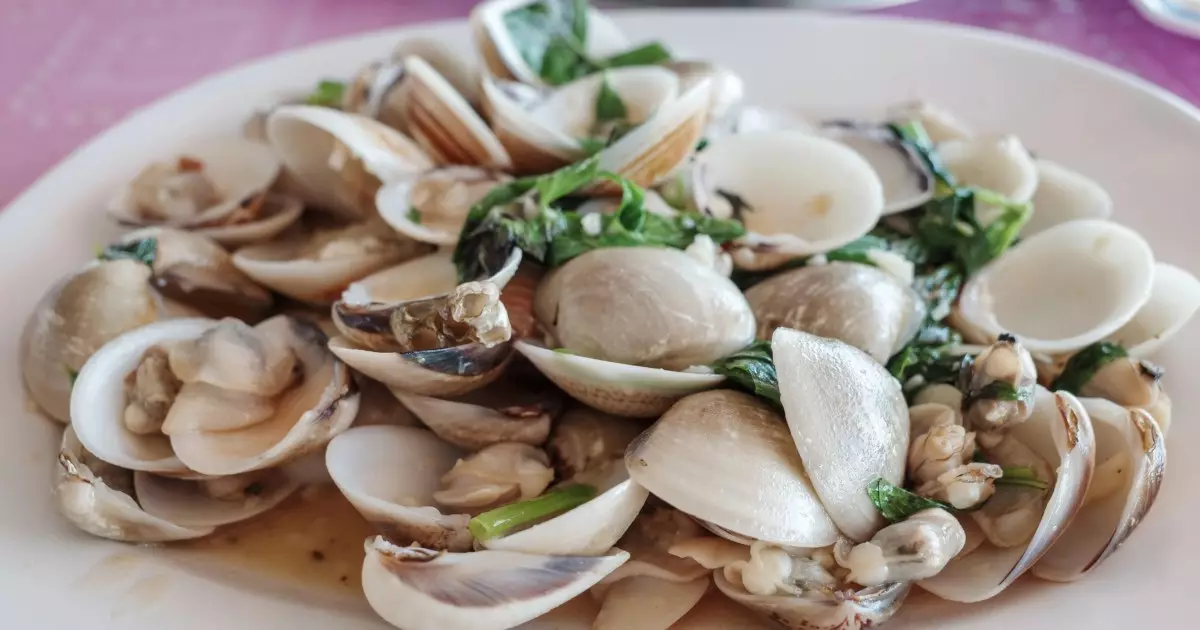As dog owners, we often seek ways to improve our pets’ diets while ensuring they remain healthy and happy. Protein-rich foods, such as clams, have emerged as excellent additions to canine nutrition. Not only do clams deliver an impressive punch of protein, but they also boast a wealth of vital nutrients that can enhance your dog’s overall well-being. Before diving deeper into the benefits, it’s crucial to approach this topic with full awareness; paw parents must remain vigilant about how and what they introduce into their furry friends’ diets.
Nutritional Powerhouse: What Clams Offer Your Dog
Clams are a remarkable source of essential minerals like zinc, iron, and magnesium, which contribute to various bodily functions in dogs. These elements play crucial roles in energy production, immune function, and maintaining healthy joints. The presence of Omega-3 fatty acids also sets clams apart. This type of fatty acid helps to combat inflammation, which can be particularly advantageous for dogs suffering from joint troubles or skin issues. When thoughtfully incorporated into their diet, clams can help ensure that your dog remains spry and energetic.
Serving Clams Safely
One of the standout rules of canine nutrition is that safety always comes first. When considering clams for your dog, always opt for cooked clams. Raw shellfish may harbor harmful bacteria, increasing the risk of gastrointestinal upset for your pet. Cooking clams not only removes these potential threats but also makes them more palatable for your dog. However, when preparing clams, simplicity is key. Steaming them without additional spices or sauces is the safest option. Dogs are particularly sensitive to ingredients like garlic and onions — both of which can be toxic.
It’s equally critical to remove clam shells before serving. The shells can pose choking hazards or even lead to dental injuries. As an additional precaution, canned clams, often laced with preservatives and high sodium levels, should be approached with caution. If you must use canned clams, hunt for those without added salt and preservatives. It’s a safer choice that falls in line with a healthy diet for your dog.
The Importance of Veterinary Guidance
Before introducing clams or any new food, consulting with a veterinarian is non-negotiable. Your vet can offer invaluable insights into your dog’s unique dietary needs, medical history, and the portion sizes that are safe according to their size and breed. This isn’t just about making dietary changes; it’s about forging a path for a healthier, happier pup.
At the end of the day, while clams present a fantastic opportunity to enhance your dog’s diet, they should be incorporated thoughtfully and safely. Empowered with knowledge and guidance, dog owners can confidently share these nutritious shellfish without fear, ultimately contributing to a more balanced and enriching diet for their four-legged companions.

